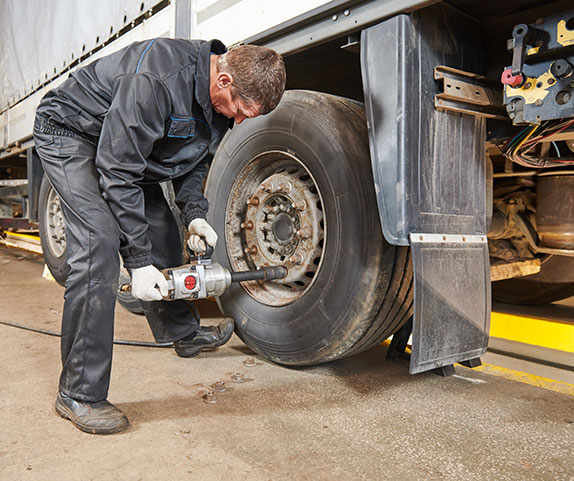Keep Rolling Smoothly: GMC Tires Service by Morris Tires
Tire Solution: The Influence of Weather Condition Problems
When it involves making sure optimum performance and safety and security when driving, recognizing the influence of climate condition on tire solution is crucial. From scorching heat to icy roads, each climate element can significantly affect tire functionality and total driving experience. By delving into the effects of varying weather on tires, vehicle drivers can gain valuable understandings that may improve their lorry's efficiency and long life. In this discussion, we will discover the intricate relationship between weather conditions and tire service, clarifying the significance of weather-specific tire upkeep methods and considerations.
Warm and Tire Performance
When subjected to high temperature levels, tires experience modifications in efficiency that can dramatically influence car safety and handling. The warm created from long term driving or hot weather condition problems creates the tire rubber to soften, leading to lowered walk life and increased wear.

Winter Results
Cold weather conditions can have a significant impact on tire efficiency and security. In cold weather, tires may additionally lose air pressure extra quickly, which can influence taking care of and gas efficiency.
To minimize the results of winter on tires, it is essential to on a regular basis check tire pressure and inflate them to the manufacturer's suggested degrees. Utilizing wintertime or all-season tires designed for chilly weather condition problems can additionally improve traction and grasp on icy or snowy roadways. Appropriate tire maintenance, consisting of regular examinations for wear and damage, comes to be much more important during colder months to make sure optimal performance and security.
Rainy Issues Influence
Tires with worn-out treads are a lot more susceptible to hydroplaning, where a layer of water constructs up between the roadway and the tire surface, leading to loss of traction. To combat this, drivers ought to routinely check their tires for sufficient tread deepness and take into consideration spending in tires specifically designed for damp problems.
Furthermore, stormy climate can also lower visibility, making it testing for drivers to see the road in advance plainly (GMC Tire Service). In such problems, it is necessary to change driving speeds accordingly and keep a secure following distance to enable for abrupt quits. Correctly inflated tires can additionally aid in maintaining control on damp roadways by offering much better handling and grasp
Snow and Tire Safety
When driving in snowy conditions, having the right tires can make a significant distinction in safety and security and performance. Winter season tires are created with unique rubber compounds and walk patterns to provide better grip on snow and ice compared to all-season tires.

Additionally, chauffeurs must consider setting up tire chains in severe snowy conditions. Tire chains provide extra grip by grasping the snow and ice, enhancing stability and control. Nonetheless, it is necessary to follow manufacturer instructions when utilizing and installing tire chains to stop damages to the tires and lorry. By selecting the ideal tires, keeping correct inflation, and considering added traction help like tire chains, chauffeurs can improve their safety when browsing snow-covered roadways.
Weather-Related Tire Maintenance
Weather-related tire upkeep encompasses an array of methods intended at ensuring ideal tire feature and long life in different climate scenarios. One essential element of weather-related tire maintenance is tire pressure guideline. Inspecting tire tread regularly and changing tires when walk wear reaches a specific depth is crucial for preserving traction and stability in negative weather.
Conclusion
To conclude, weather have a considerable effect on tire efficiency and safety. From warm influencing tire stress and use to cold weather condition lowering traction, it is important to think about the weather when keeping and utilizing tires. Stormy problems can lower grip and result in hydroplaning, while snow can raise the risk of crashes if tires are not correctly geared up. Weather-related tire maintenance is crucial in ensuring optimum performance and security on the roadways.
In this conversation, we will discover the elaborate connection between climate conditions and tire solution, losing light on the relevance of weather-specific tire maintenance practices and considerations.
